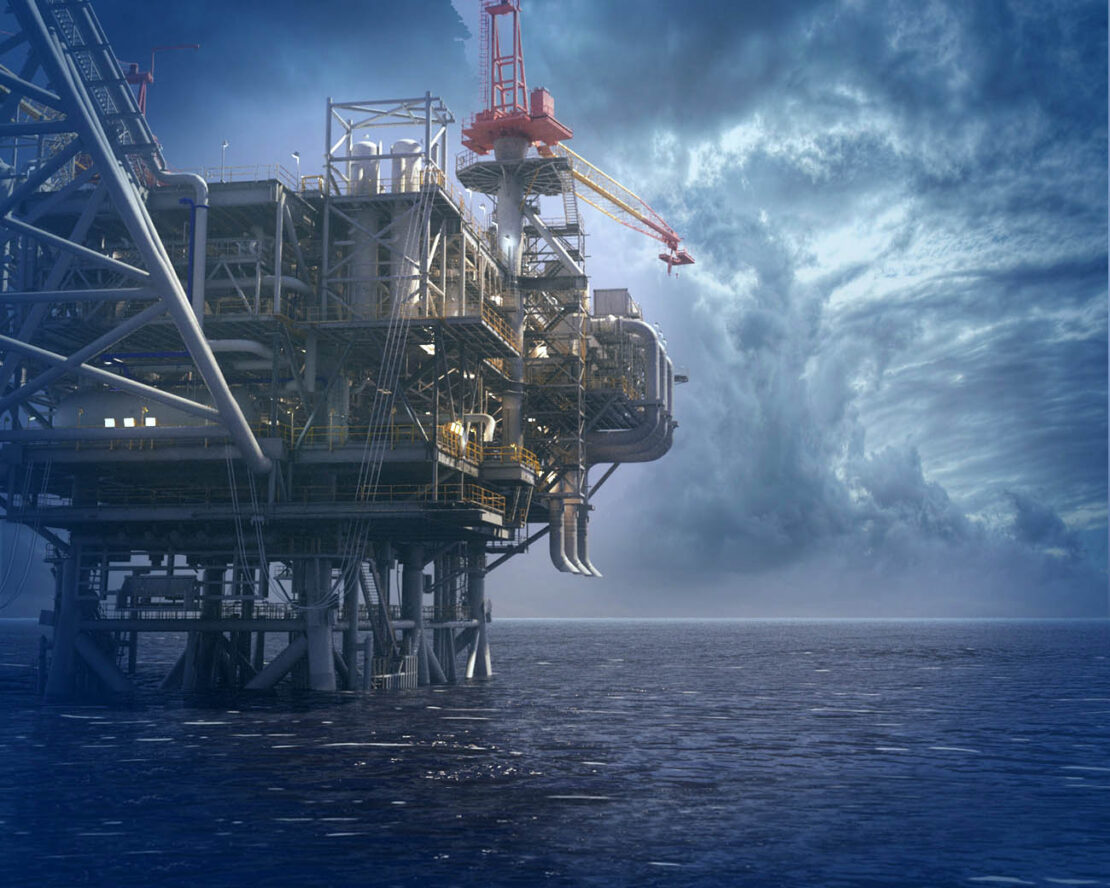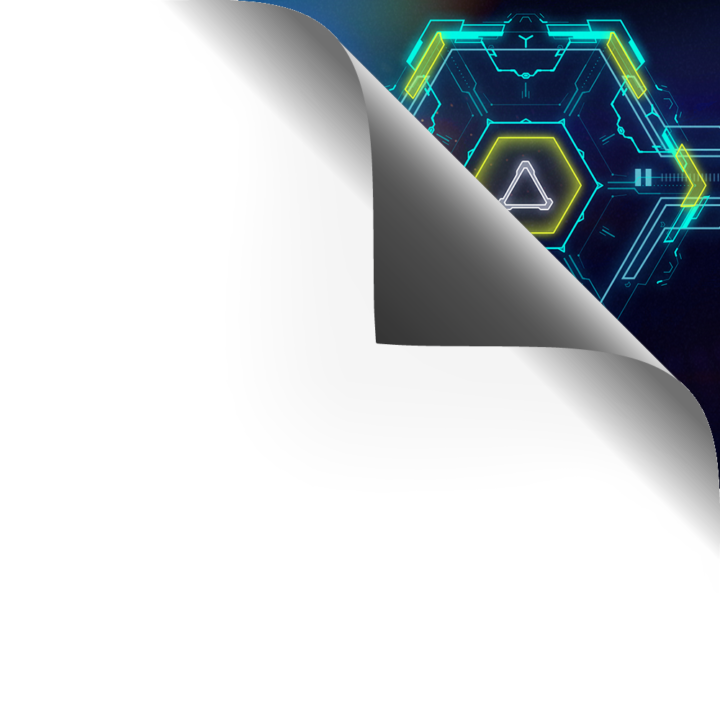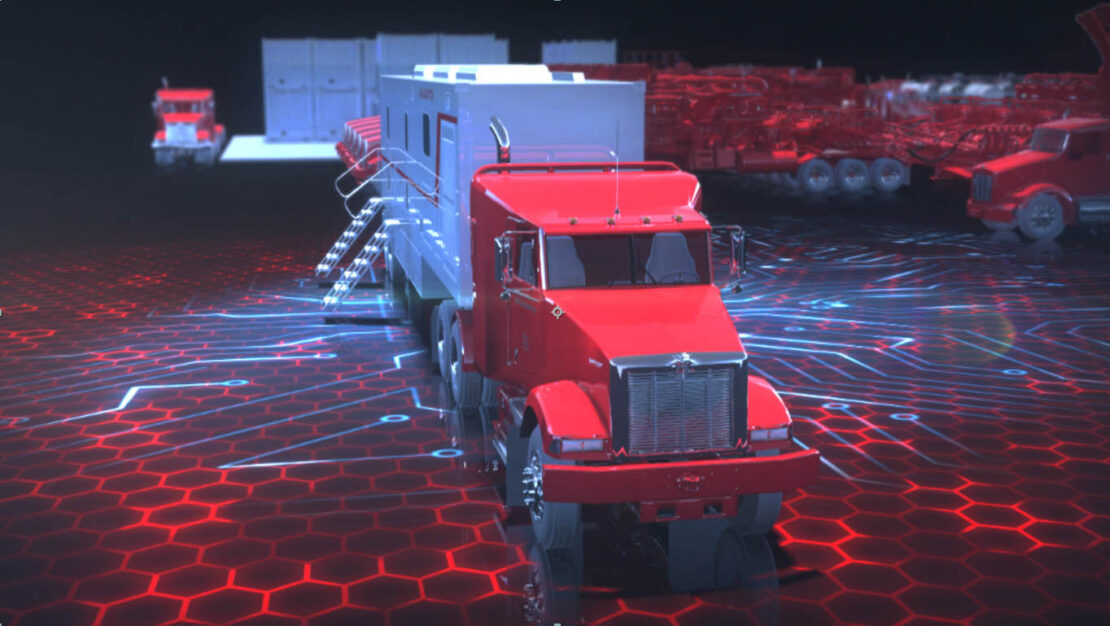Computer animation is the branch of CGI (computer-generated imagery) that deals with the production of kinetic imagery. Including both 2D and 3D digital animations, computer animation makes possible the imagery and special effects that captivate audiences in cinematics. It requires the utilization of animating 3D models or 3D environments for the sake of storytelling or conveying a message.
That message is delivered with motion or actual text on screen or voiceover; sometimes, all of these, depending on the complexity of messaging. The genesis of the 3D models used in an animation are either created in house by our developers or provided by clients. These assets are developed in 3D modeling software or scan data.
Depending on the complexity of the message, the usage of 2 elements produced in 2D graphic design applications like Photoshop and After Effects are used to further the visual presentation and development of motion graphics.
Types
of 3D animation
FuelFX
What are the main types of animation?
Not all 3D is created equally. When we think of 3D animation, we tend to think of the most common forms seen in media.
The methods used in computer animation vary depending on the task and range from manipulating a digital image rendered by a graphic artist, "keyframing" (replacing images with a slightly altered version of themselves, usually indicating a slight increase in time), or using motion capture to track a real-life actor or object and then digitally animating over top of them.
Some cases require a mixture of the keyframing and motion capture techniques as industry-standard methods.
If you have live footage or content that requires real world footage, mixed media is another viable solution. This is where animation starts to merge with live action video to deliver the best of both worlds. It combines video footage with animated graphics, text, and illustrations to give existing videos a new feel, depth or meaning.
DEV
Development
Process
As in most circumstances when developing scripted material or videos, a foundation and direction is needed. The written script, either developed by the client or in conjunction with FuelFX is where the narrative and direction take form. Once clear objectives are known, establishing a look and feel to base the visuals benchmarks on is necessary.
Typically, a client's branding or style guidelines serve as a great point of reference. From there, creating or acquiring the assets for the animation becomes priority. Our development team looks for opportunity to use the same models to create accompanying products which often require lower resolution models for mobile app consumption, for example. This often requires some optimization or reduction of polygon/geometry due to the sizable amount of data certain models contain.
With all this compiled knowledge and understanding, a storyboard is created. A storyboard is a collection of images and renderings developed in conjunction with the script, to help create a visual direction of how the animation will adapt to the script's narrative. Once a storyboard is approved, a block out animation, called an animatic using primitive models as well as any 3D models from the animation, is created to establish tempo and pacing. This animatic is raw and normally without lighting proper materials or effects. It is merely meant to showcase timing and tempo. Assuming everyone agrees with the pace and look, execution of the full animation from first keyframe to final effects and audio takes place.
Due to the nature of complexity and effort needed to complete a project of this nature, this process is essential for the sake of efficiency by preventing redundancies and maintaining a milestone schedule.

Why
3d animation?
What makes 3D animation unique is the ability to visualize scenarios, objects, and environments through storytelling.
With unlimited range of camera motion and limitless world building, you can take an audience and customers anywhere you want.
INDUSTRIES
Education:
3D animation can be fun and engaging, making the content or lessons riveting and thus, memorable. Motion graphics and animated infographics are ideal for this usage.
Medical:
There are overlaps between school science classes and medical training. Both often use detailed 3D animations of the human body to walk viewers through complex processes and the range of view is limitless.
Business:
From presentations, marketing, and advertising to training, 3D animation can elevate your business with vivid imagery and informative messaging.
Engineering and technology prototyping:
The ability for engineers to view designs on a screen before the usage of physical materials is priceless. Plus, If there is a need for a physical prototype, 3D printing saves the day by allowing for rapid creation.
INDUSTRIES
Usage
Factors
For Using Animation
Motion:
Motion is the best way to communicate complex ideas.
Instructional Videos:
3D animation is great for instructional videos and demonstrations.
Any Size Subject:
Nothing is too big or too small. It doesn't matter if its planetary scale or microorganisms, all visuals are contained in a field of view.
Reusable:
3D animation is renewable. Assets are reusable and animations can be re-rendered to update content.
Any Industry:
It’s applicable to anything. Every company, industry, sector, or product can use 3D.
Have more questions about multimedia or animation development?

